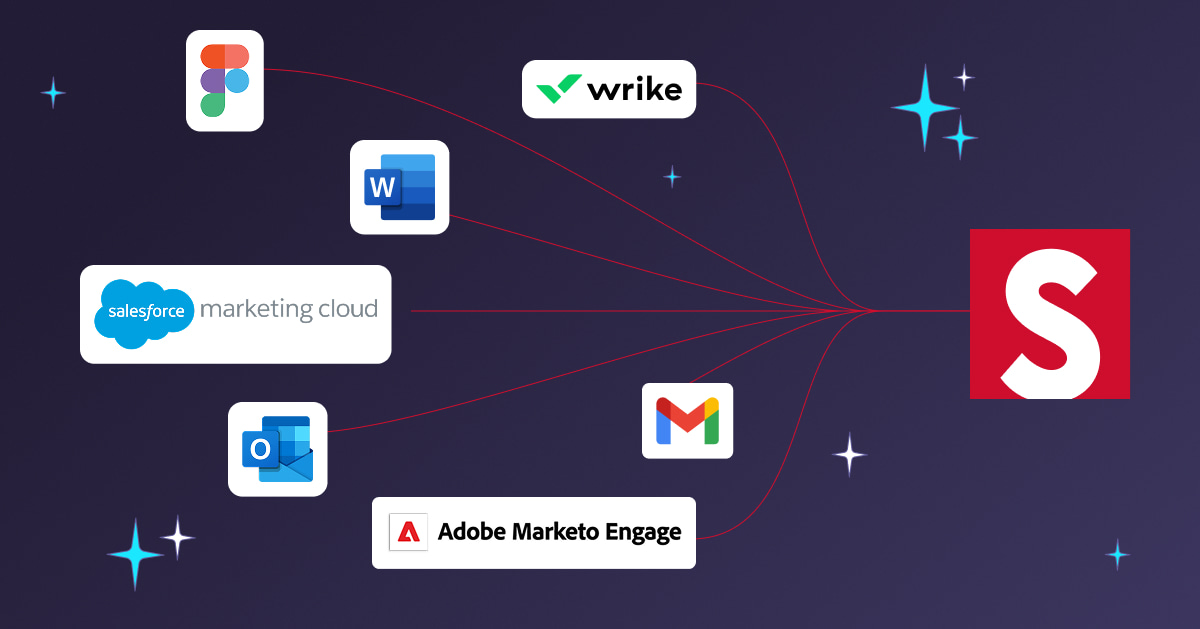Don’t get me wrong I’m a big fan of automation and a broad assortment of machine-made things. Consider the family car. Most couldn’t afford one if it was hand-made. And most car companies couldn’t operate at the scale or speed that they do without their sophisticated, software-aided assembly lines. Yet about half of email marketers Stensul surveyed told us they hand-coded every email or used a design approach other than templates or modules. There’s a reason every grandmother-to-be starts to crochet a baby blanket the moment they learn the big news. It takes time. Lots of time.
The marketers also told us that the time to create an email took four or more hours when it was hand-coded. It is simply impossible to have an agile email creation process when every email is hand-coded. The tailors on London’s Savile Row will look at you with utter disdain should you ask them to speed things up a bit. Bespoke tailoring is not done with the aid of automation. But when people requesting emails from you pose the same question, you really need to…speed things up.
And you can. By taking an efficient design approach that eliminates the need for each email to be hand-coded. There are a few ways to accomplish this. Access no-code email design methods that use either modules or templates or a mix of both.
Using those methods there’s no need to involve your coding team whenever a new email is requested. Templates and modules are two excellent examples. High-level coding skills or technical proficiencies aren’t necessary with either. And that makes email creation much more efficient.
When modules and/or templates are used the total time spent on the email creation process drops. At the least a 25% time-savings over hand-coding with templates or modules. Using an agile email creation platform you can save as much as 90%.
Time vs. Flexibility
There are differences between templates and modules. Templates are all about shaving time off the creation process. They’re pre-set email designs usually offered within ESP or email builder platform. Alternatively, templates can be developed by your design team and used repeatedly for various campaigns.
As attractive as a quick, no-code email creation procedure using a template might seem, it doesn’t offer much in the way of design flexibility. Here’s where an email module shines. Think of it as a set of building blocks, sort of like email’s answer to Legos. Each block or section is made up of a different part of an email: the header, hero image, body copy, a CTA button, the footer, etc. These modules can be pre-configured so details like font, text size, color-schemes, and more are pre-set
Along with design flexibility, a module gives you the ability to ensure brand and compliance guidelines are maintained. In fact, it does so automatically. Set those parameters and it’s done. No logo usage violations or other headache-inducing issues.
A Blend of Both
A design approach that leverages a mix of both templates and modules can give teams creative flexibility while eliminating the need for high-levels of coding expertise to create every single email.
An Email Creation Platform that offers both modules and templates is optimal as it provides differing levels of design flexibility while keeping brand and compliance guardrails in place. While also being way more time-efficient than going the hand-coding route as its automation eliminates tedious manual actions.
If you want to create emails faster and, in the process, be lots more agile – to deal with unanticipated shifts in strategy or content as well as have more time to handle things like optimizing the performance of your campaigns through more testing or segmentation – adopt a design approach that leverages both modules and templates to have more creative flexibility while also streamlining the creative process. Better still, look into an email creation platform that offers all that and a lot more.




